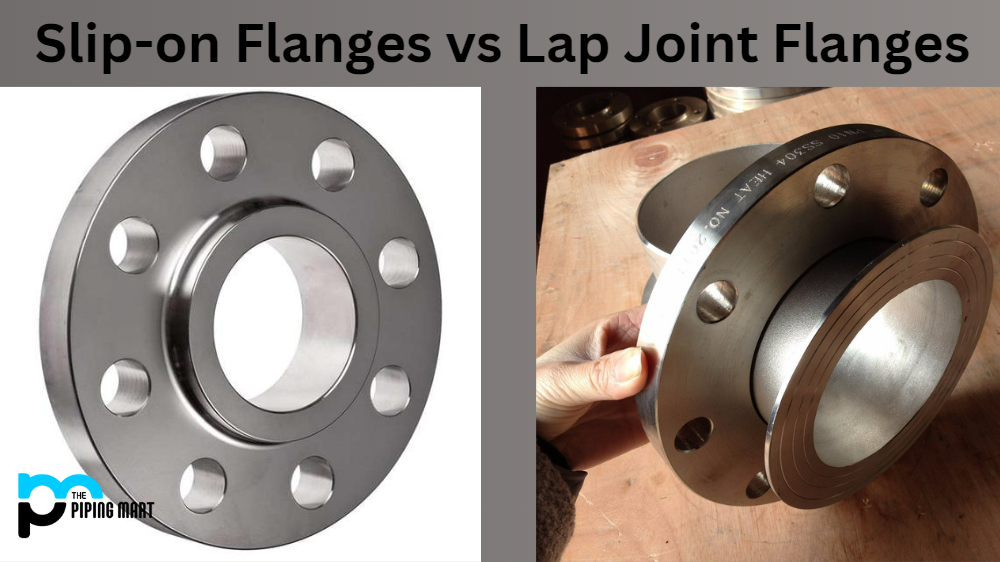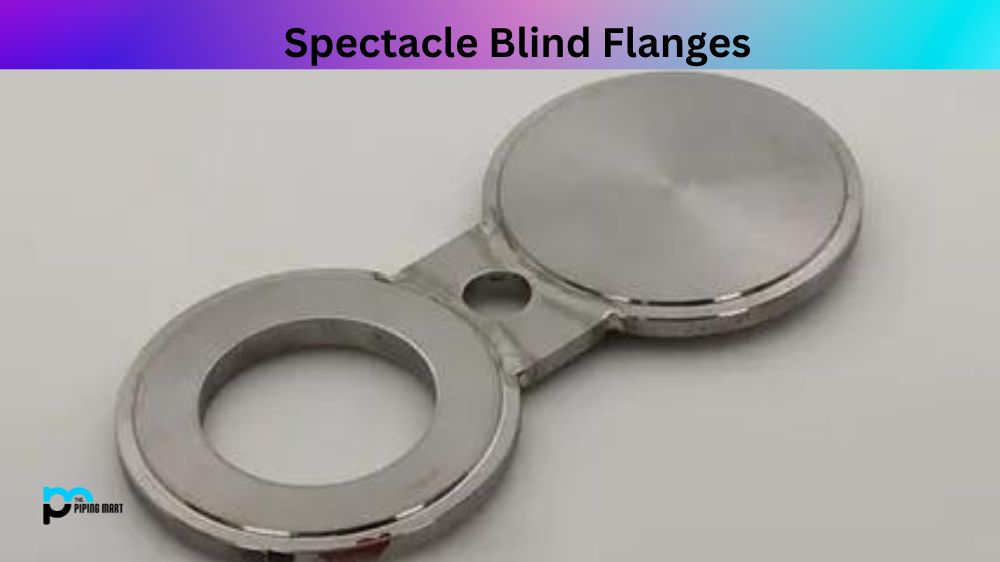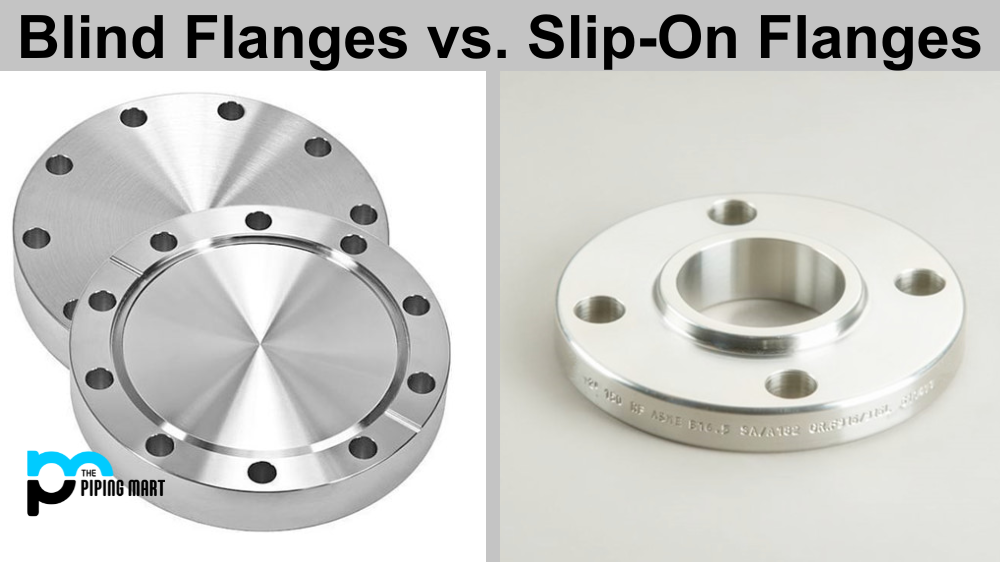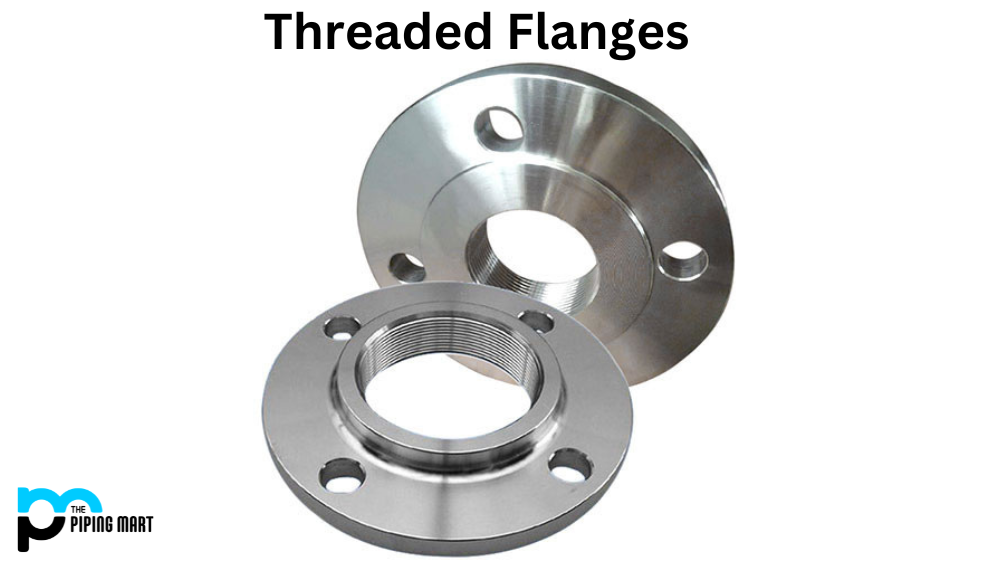Slip-on and lap joint flanges are two distinct pipe flanges used in piping systems. Slip-on flanges feature a bore that extends through the entire thickness of the flange, facilitating easy assembly. In contrast, lap joint flanges consist of two components – a stub end and a loose backing flange – offering flexibility in alignment. The key disparity lies in their connection methods, influencing installation ease and adaptability in diverse applications. Understanding these differences is crucial for selecting the appropriate flange for specific piping requirements.
Slip-on Flange
A slip-on flange is made by welding two metal pieces through a process known as “slip-on welding,” forming a seamless and uniform weld. This design provides the advantage of accommodating higher pressure ratings compared to other pipe joints. However, it demands more labor for installation and exhibits limited flexibility. Regular inspections may be necessary in certain applications like fire safety systems or gas lines due to potential corrosion issues associated with this type of flange.
Lap Joint Flange
The lap joint flange comprises two pieces with interlocking grooves, creating a secure seal. This joint type offers easy installation and maintenance, requiring no welding or specialized tools. Its flexibility allows adjustment based on the connected pipes’ size and shape. While it provides simplicity and adaptability, it may lack the pressure tolerance of slip-on flanges, potentially necessitating additional support for stability in high-pressure applications.
Difference Between Slip-on Flanges and Lap Joint Flanges
- Welded: A slip-on flange is a type of flange welded to the pipe and has a lip extending beyond the pipe’s edge. A lap joint flange is a type of flange that is not welded to the pipe and has a lip that does not extend beyond the edge of the pipe.
- Installation: Slip-on flanges are easier to install than lap joint flanges because they do not require welding. Lap joint flanges are more difficult to install because they require welding.
- Cost: Slip-on flanges are less expensive than lap joint flanges because they do not require welding. Lap joint flanges are more costly because they require welding.
- leak: Slip-on flanges are more likely to leak than lap joint flanges because the lip extends beyond the edge of the pipe. Lap joint flanges are less likely to leak because the lip does not extend beyond the edge of the pipe.
- Purpose: Slip-on flanges are used to connect pipes to flanges, while Lap joint flanges are used to provide easy access for piping inspection and cleaning.
- Design: Slip-on flanges have a bore that matches the inner diameter of the pipe, while Lap joint flanges have a circular stub end that fits into a matching lap joint stub end.
- Strength: Slip-on flanges are weaker than Lap joint flanges and rely on fillet welds for strength. Lap joint flanges are stronger as they are connected to a stub end that is welded to the pipe.
Conclusion:
Differentiating between slip-on and lap joint flanges is crucial for selecting the optimal option to meet your application or project requirements. Slip-on flanges excel in high-pressure scenarios, whereas lap joint flanges provide greater design and installation flexibility. Choosing between these two types should align with your needs and budget constraints, emphasizing the importance of thorough research before deciding.

Pipingmart is a B2B portal that specializes in metal, industrial and piping items. Additionally, we share the latest information and information about materials, products and various types of grades to assist businesses that are involved in this business.




